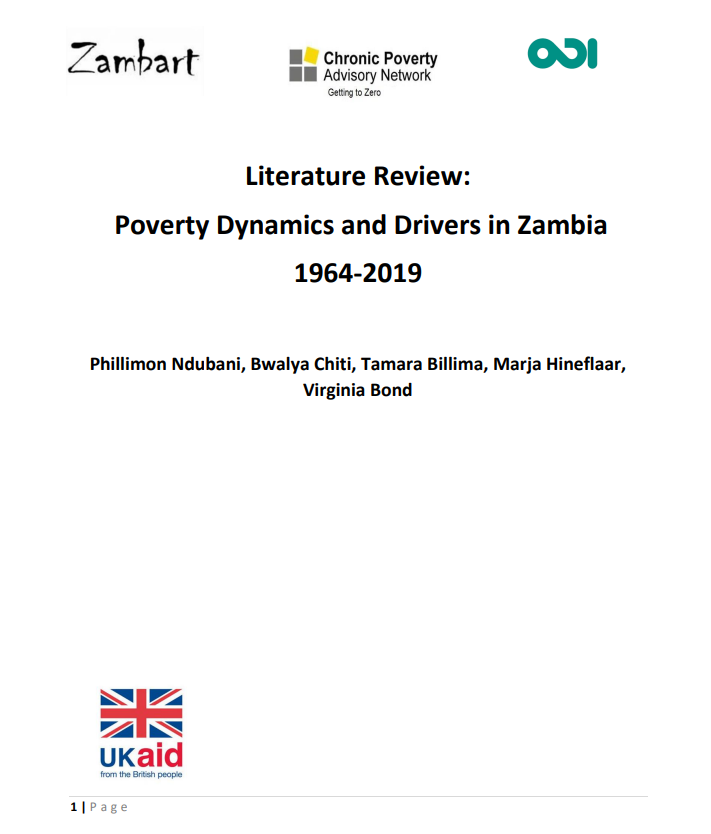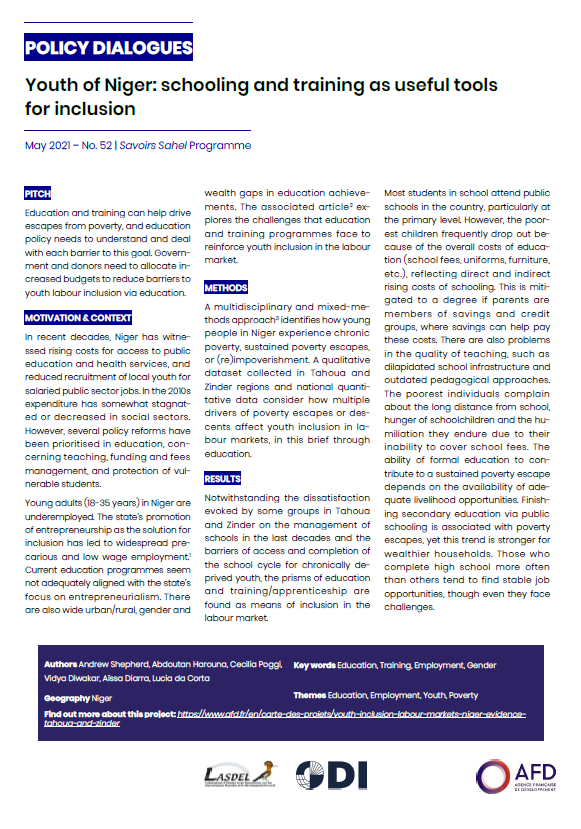The COVID-19 pandemic and intersecting crises— including climate change, conflict, debt, and the ‘triple F’ crisis (food, fuel, finance)— have reversed progress on a range of the Sustainable Development Goals (SDGs), increasing the number of people in poverty, contributing to a dramatic rise in hunger and food insecurity, increasing gender inequalities, and constraining the effectiveness of interventions to promote pro-poor livelihoods and decent jobs.
In many countries, the post-COVID-19 recovery has been slow and incomplete. To promote the joining up of SDGs (1- no poverty, 2- zero hunger, 8- decent work and economic growth), CPAN/IDS, IFPRI, Southern Voice, and the Global Donor Platform for Rural Development co-convened a three-day virtual international workshop in June 2023 on “poverty, hunger and jobs”. Its aim was to synthesise latest knowledge and data about the effects and the effectiveness of policy responses on these issues, and to work out its policy/programming implications to re-establish positive development progress on hunger, jobs and poverty.
This brief outlines key takeaways and recommendations from the workshop presentations and discussions.





